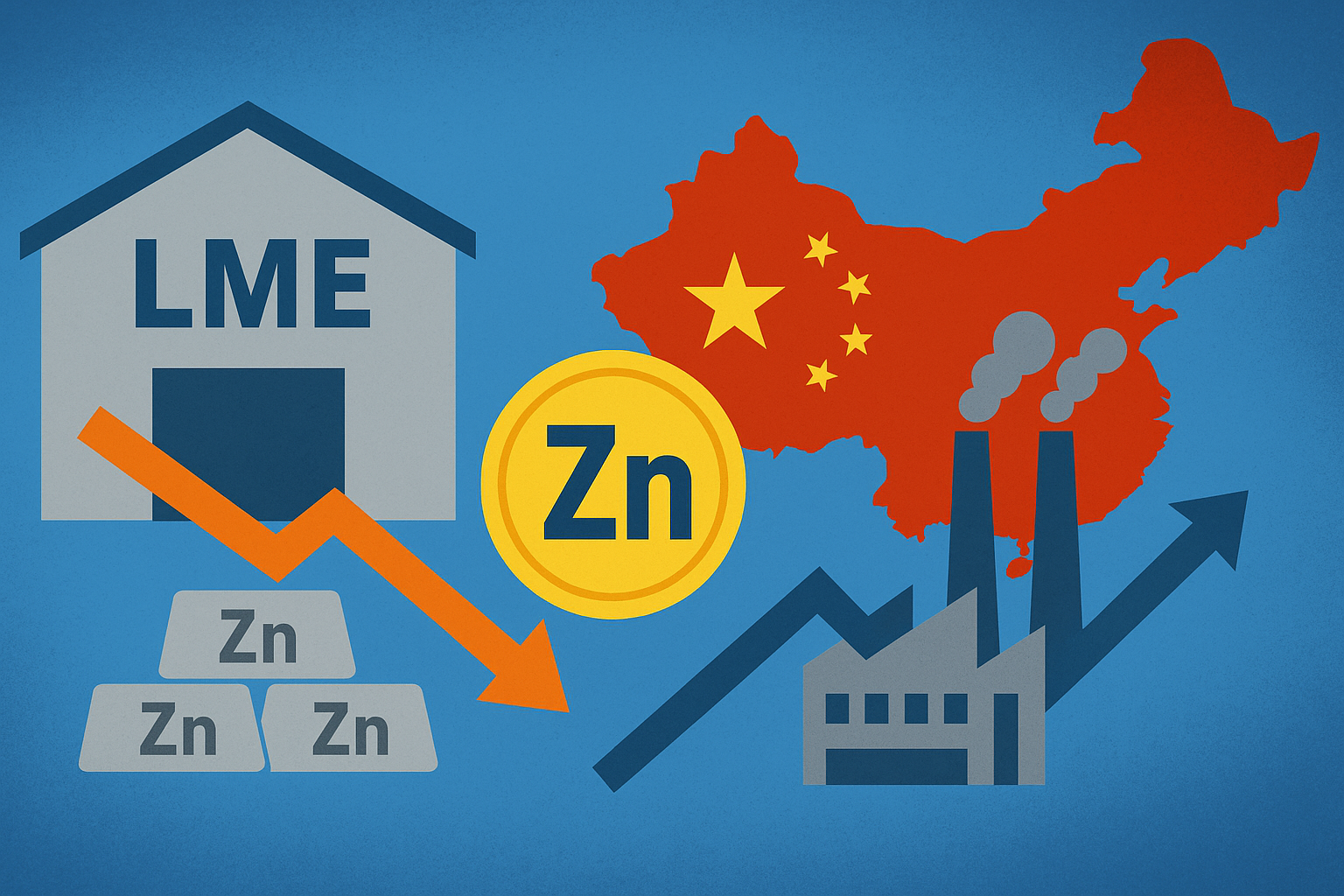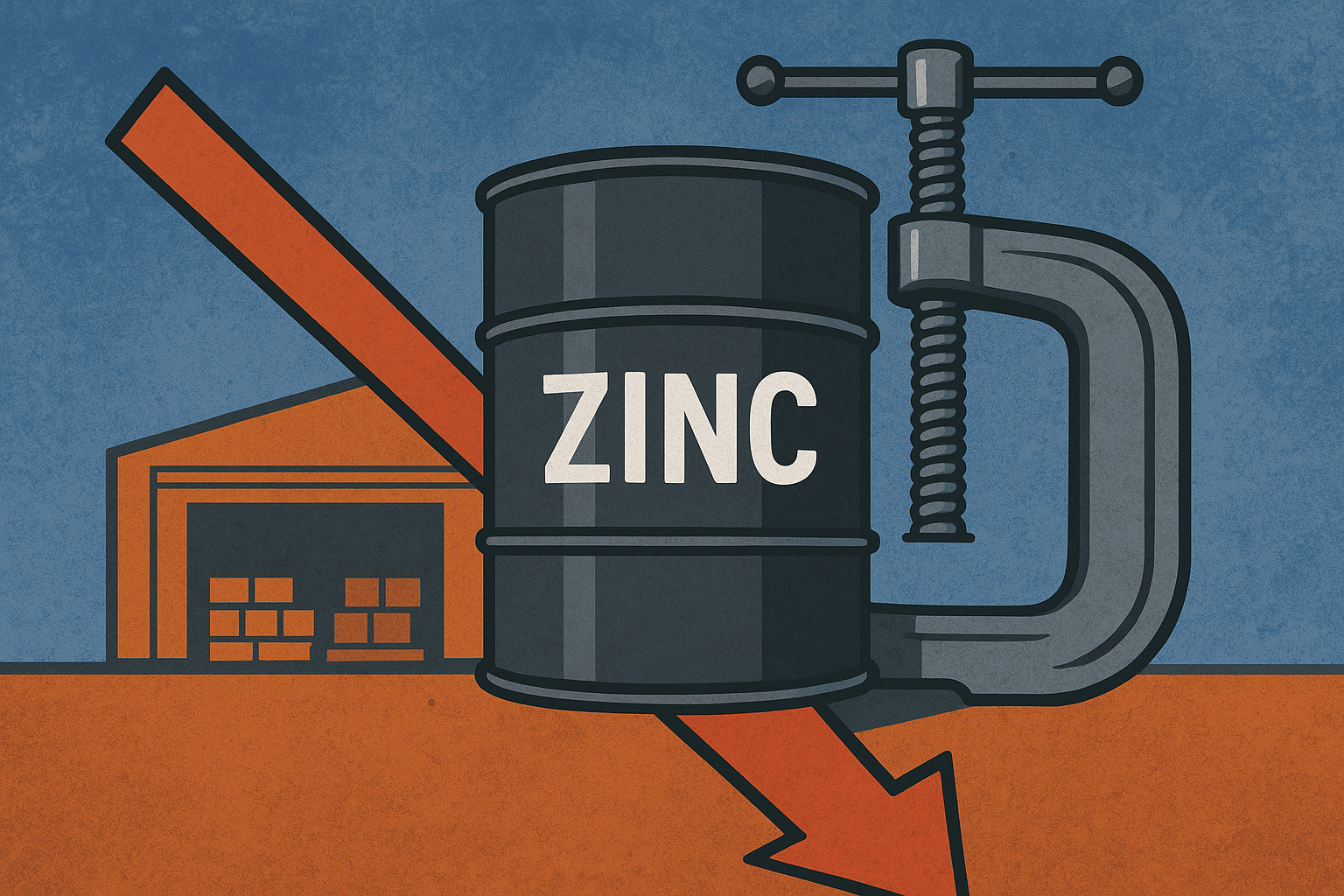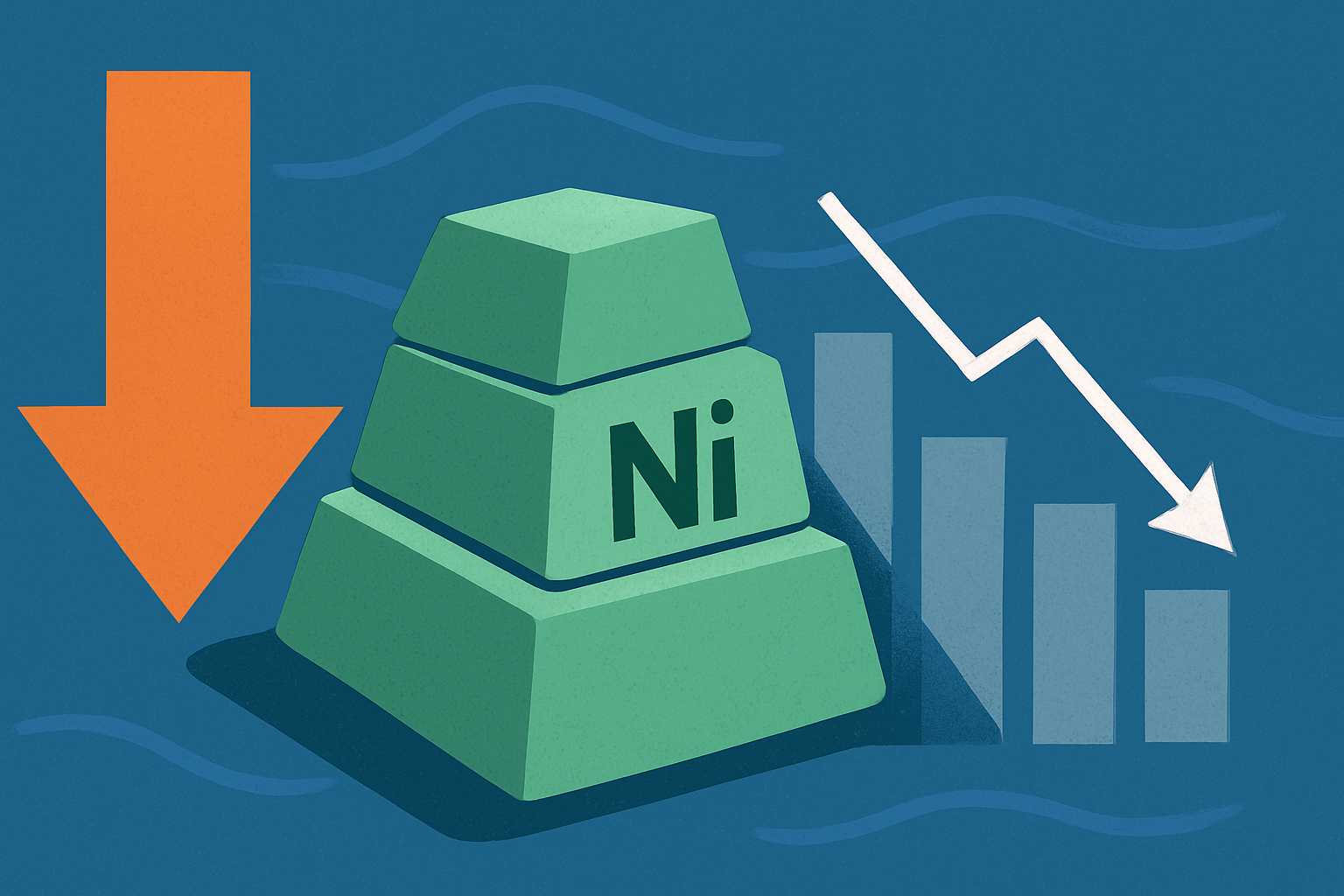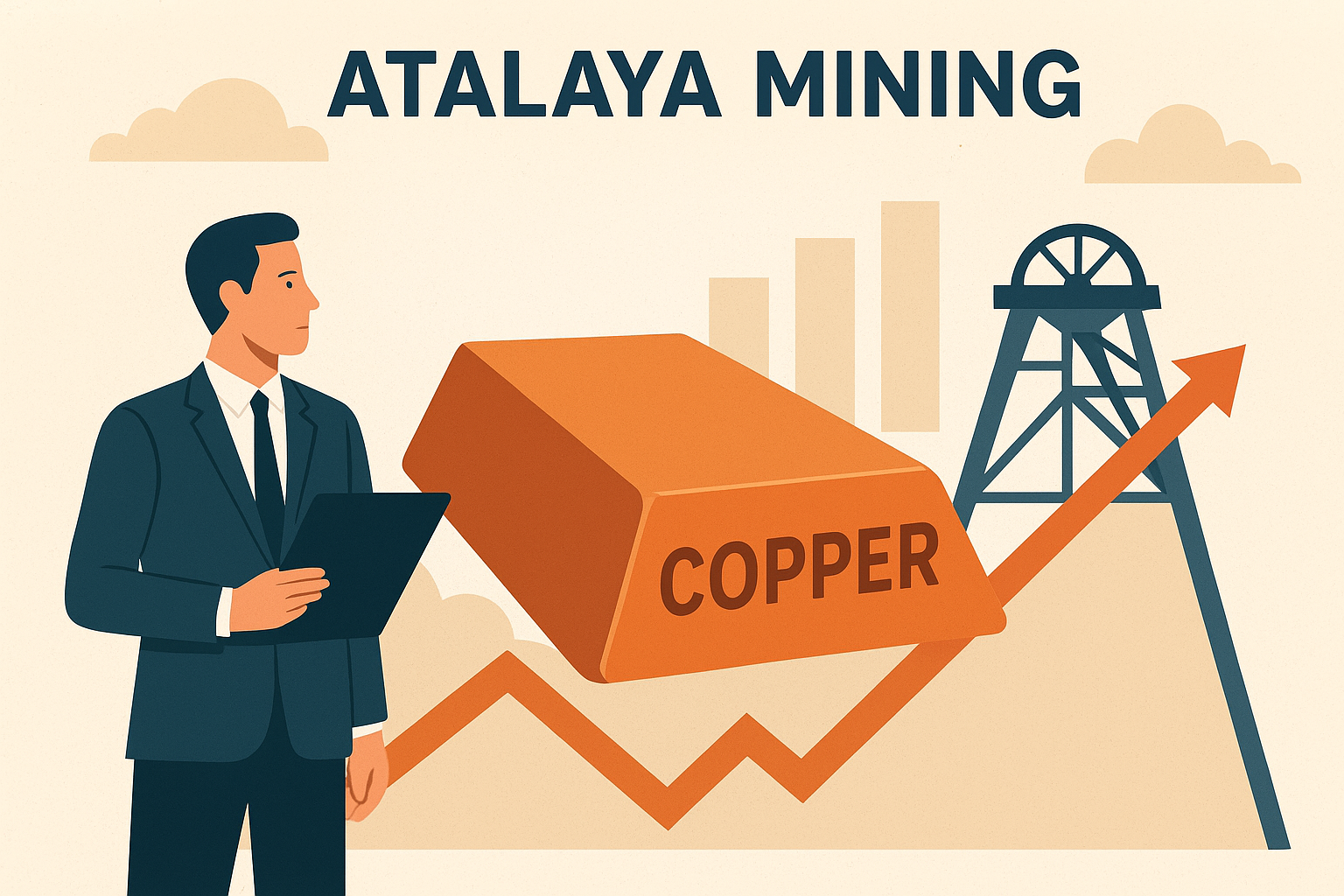Global zinc markets are flashing red as London Metal Exchange (LME) inventories tumble to multi-year lows, sparking fears of a supply crunch and raising the prospect of China stepping in to balance global flows.
A Market Running on Empty
According to LME data reported by Reuters, registered zinc stocks have collapsed from 230,000 tonnes earlier this year to roughly 40,850 tonnes. More concerning, only about 30,625 tonnes are available for immediate delivery — less than a single day of global consumption.
Such tightness has pushed zinc futures into steep backwardation, a classic sign of market stress when near-term contracts trade at a premium to longer-dated ones. Traders and analysts warn this sets the stage for sharp price swings and potential short squeezes, with physical availability dictating sentiment more than forward supply optimism.
China Steps Into the Spotlight
While Western inventories shrink, China’s role as the world’s largest producer and consumer of zinc has become even more pivotal. Refinery output in China has been trending higher in 2025, aided by strong domestic smelting capacity and favorable ore availability.
At the same time, arbitrage windows between the Shanghai Futures Exchange (SHFE) and LME prices have widened, incentivizing potential exports from China to London and other international markets. Analysts suggest these flows could be decisive in rebalancing supply — provided Beijing doesn’t restrict outbound shipments.
“China has the ability to stabilize LME markets in the short term, but policy choices will determine whether that relief materializes,” Reuters noted in its recent coverage.
Why This Matters for Investors
For investors, zinc’s tightening fundamentals present both risks and opportunities:
- Producers and Smelters: Miners and smelters with access to low-cost feedstock stand to benefit from higher realized prices and improved margins.
- Short Sellers: Market tightness raises the risk of forced covering if inventories keep falling, potentially leading to violent price spikes.
- End-Users: Sectors reliant on zinc — including galvanizing for steel and construction — may face higher input costs if shortages persist, affecting downstream equities.
Future Trends to Watch
- Inventory Trajectory – LME warehouse stocks are the key barometer for physical tightness. Continued declines could exacerbate backwardation and volatility.
- Shanghai–London Arbitrage – Investors should monitor the spread between SHFE and LME zinc prices, which signals the likelihood of Chinese exports.
- Chinese Export Policy – Beijing’s stance will be critical. If exports remain unrestricted, global tightness may ease; if curbs are imposed, markets could tighten dramatically.
- Macro Drivers – Broader commodity trends, such as the weaker U.S. dollar and potential Fed rate cuts, are supportive tailwinds for base metals across the board.
Key Investment Insight
This is a textbook setup where investors need to weigh structural tightness against geopolitical risk. Zinc equities, particularly diversified miners and low-cost smelters, could see upside if prices spike. However, exposure should be managed carefully: Chinese export policy or a sudden swing in demand could unwind the rally just as quickly.
Sophisticated investors may look to trade the spreads between SHFE and LME, while long-only investors should keep an eye on producers with strong balance sheets and access to refined zinc.
Stay Ahead with ExplorationStocks
The zinc market’s volatility is a reminder that opportunities in base metals often emerge when fundamentals collide with geopolitics. Investors seeking to capture these moves should stay informed with credible, real-time analysis. Keep following explorationstocks.com for daily updates, sector insights, and actionable intelligence across base metals, commodities, and critical minerals.






